By Jun Kang Ph. D., Chief Engineer, Yaskawa America, Inc., Drives and Motion Div., Waukegan, Ill
Matrix converters are a reliable way of handling variable voltage and variable frequency drives.
Matrix converters are direct ac to ac power converters with motoring and regenerative power flow capability. They are ideal for applications that need extensive braking power or where power supply harmonics can create problems such as in hospitals, schools, and office buildings. Other applications include cranes, elevators, and escalators that start and stop frequently and centrifuges (with inherent regeneration) that decelerate high inertia loads when stopping.

Increasingly, more people have become familiar with matrix converters since their launch about 30 years ago, but many still do not understand their fundamental operation. One approach to describing some basic features of matrix converters is from the perspective of power topology and control principles.

Ac to ac bidirectional power flow
Matrix converters have several advantages. For example, a steady ac input source can be converted directly into a variable voltage and variable frequency output with nine bidirectional switches that control current flow in two directions between the power grid and a motor. This unique feature makes it possible to operate motors in motoring and regenerative modes easily. Also, significant energy cost savings are possible in applications that require frequent regenerative operation. Unfortunately, complex controls and a lack of commercially available bidirectional power switches had delayed the widespread use of matrix converters, but these obstacles are slowly being overcome.

Another advantage is that matrix converters do not contain ac to dc conversion circuits – such as diode rectifiers – in the main power flow, so large dc electrolytic capacitors are not required. Generally, electrolytic capacitors are bulky and have a relatively shorter life span than the other power components in converters. Thus, matrix converters can eliminate the downtime otherwise needed for replacing defective electrolytic capacitors.
Controlling the input current and installing line filters can significantly reduce input harmonics. Matrix converters generally contain input current harmonic distortion in a range of 5 to 12%, which is comparable to 12 or 18-pulse diode rectifiers. This is another strong advantage of matrix converters, because expensive and bulky external line reactors or harmonic filters are not required to reduce harmonic currents.
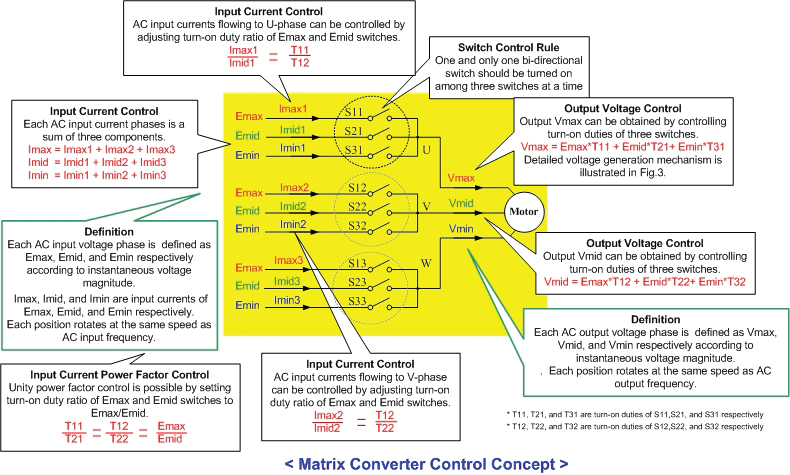
Finally, matrix converters are physically smaller than back-to-back converter-inverter systems that have equivalent motoring and regenerative power capability, principally because power components and wiring for ac-to-dc conversion circuits are not necessary.

How matrix converters work
Three-phase output voltage is generated by chopping the input voltage using nine bi-directional switches. Conducting switches and turn-on duties are determined according to the input voltage and output reference voltage. Although not usually a serious problem, one drawback of matrix converters is their limited maximum output voltage. Matrix converters can output only 95% of the input voltage compared to inverters that can normally output 100% of the input voltage. This is due to the nature of the sinusoidal ac input.
Input current increases as the output power increases, thus the amplitude of input current is controlled indirectly. However, power factor and current harmonics can be controlled directly by adjusting the current distribution of each input phase.
Discuss this on The Engineering Exchange: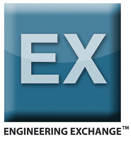
YASKAWA
www.yaskawa.com
::Design World::
Filed Under: Converters (electrical) AD + DA • transformers, ELECTRONICS • ELECTRICAL

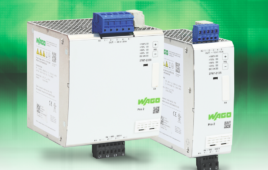
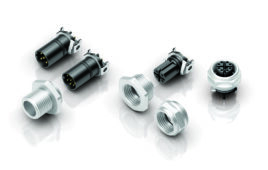
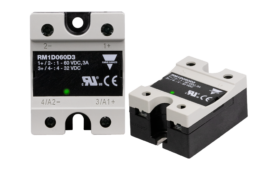
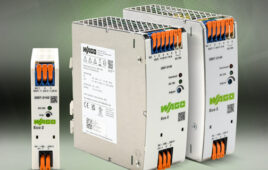
Tell Us What You Think!